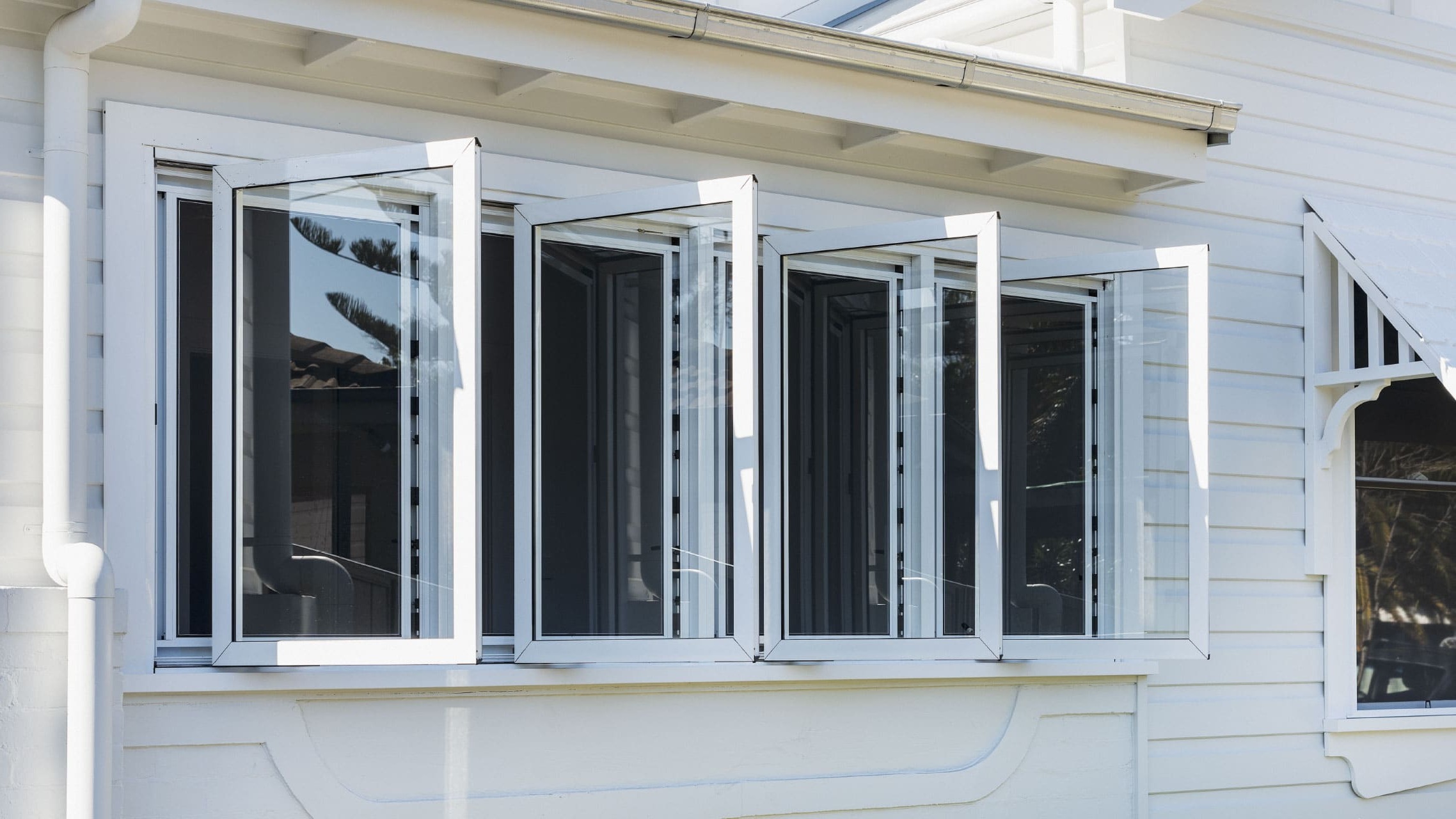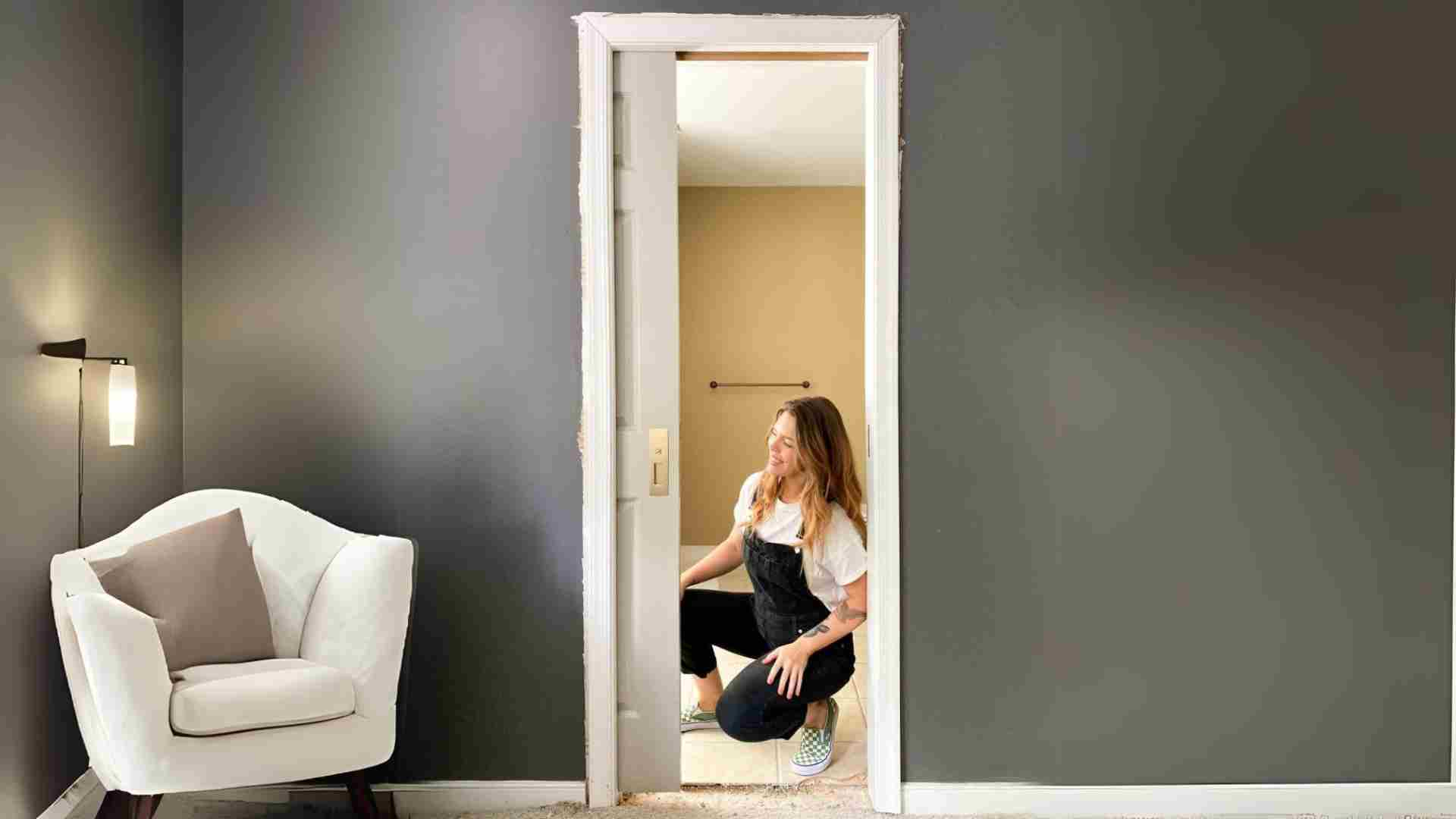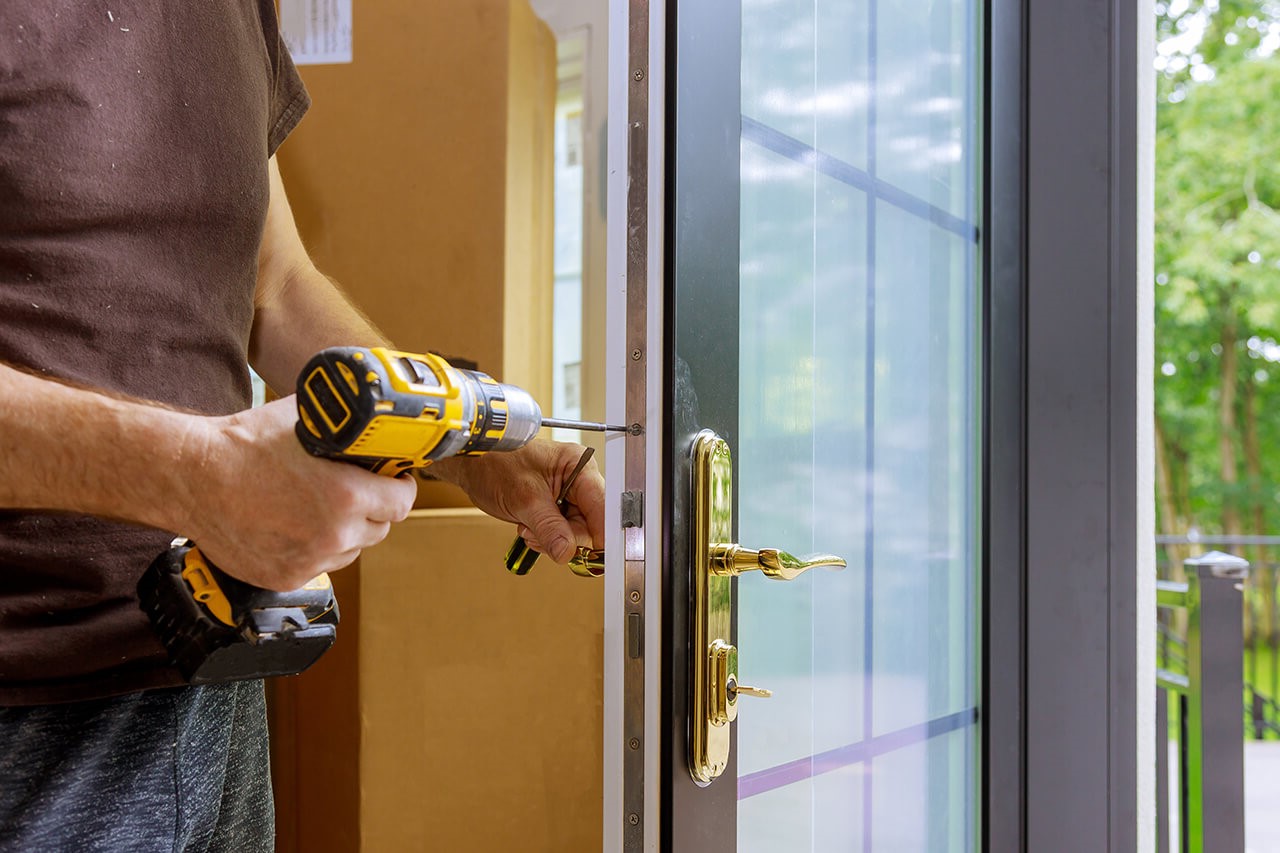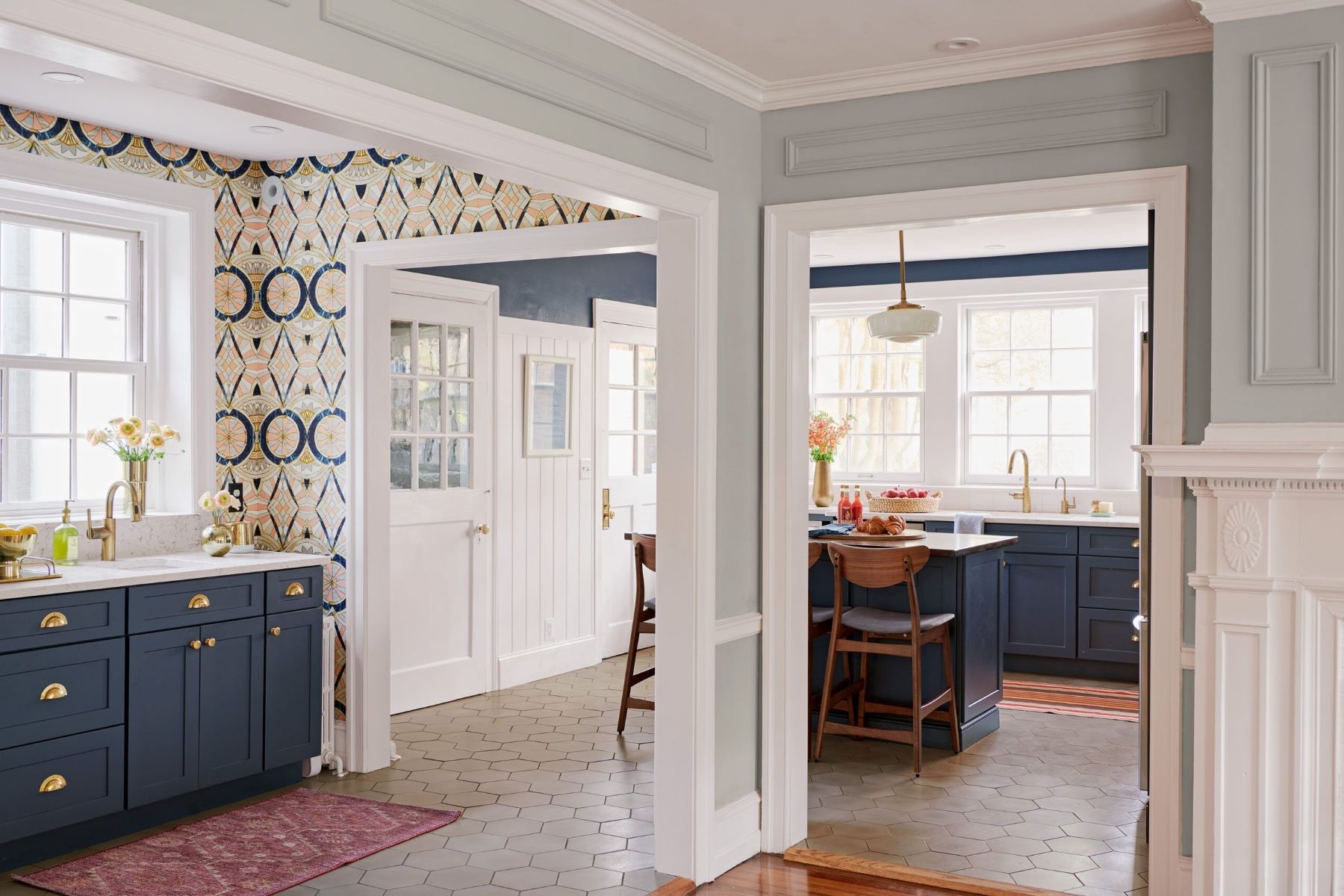Home>Create & Decorate>DIY & Crafts>How To Build A Porch Swing


DIY & Crafts
How To Build A Porch Swing
Published: February 28, 2024

Content Creator specializing in woodworking and interior transformations. Caegan's guides motivate readers to undertake their own projects, while his custom furniture adds a personal touch.
Learn how to build a beautiful porch swing with our DIY & Crafts guide. Create a cozy and inviting outdoor space with this fun and practical project.
(Many of the links in this article redirect to a specific reviewed product. Your purchase of these products through affiliate links helps to generate commission for Twigandthistle.com, at no extra cost. Learn more)
Introduction
Building a porch swing is a rewarding and enjoyable DIY project that can add charm and relaxation to your outdoor space. Whether you're a seasoned woodworker or a novice DIY enthusiast, constructing a porch swing can be a fulfilling endeavor that allows you to showcase your craftsmanship while creating a cozy spot for unwinding and enjoying the outdoors.
A porch swing is not just a piece of furniture; it's a symbol of leisure and comfort, inviting you to slow down and savor the simple pleasures of life. Imagine leisurely swaying back and forth on a lazy afternoon, feeling the gentle breeze and soaking in the tranquility of your surroundings. With a homemade porch swing, you can transform your porch or patio into a serene retreat where you can unwind, read a book, or simply relish the beauty of nature.
Crafting your own porch swing also provides the opportunity to customize it to your preferences, ensuring that it complements your outdoor décor and meets your specific comfort needs. From choosing the type of wood and finish to selecting the perfect cushions and accessories, every aspect of the construction process allows for personalization, making the end result truly unique and tailored to your individual style.
Moreover, embarking on a DIY porch swing project allows you to hone your woodworking skills and gain a sense of accomplishment as you witness the transformation of raw materials into a functional and aesthetically pleasing piece. Whether you're working solo or involving family members in the process, building a porch swing can be a bonding experience that fosters creativity and teamwork.
In the following steps, we will guide you through the process of constructing a porch swing, from gathering the necessary materials and tools to assembling, finishing, and installing the final product. So, roll up your sleeves, unleash your creativity, and get ready to embark on a fulfilling journey of crafting your very own porch swing.
Read more: DIY Porch Bed Swing Plans
Step 1: Gather Materials and Tools
Before diving into the construction of your porch swing, it's essential to gather all the necessary materials and tools. This step sets the foundation for a smooth and efficient building process, ensuring that you have everything at hand to bring your vision to life.
Materials
-
Wood: Select high-quality, durable wood for the frame, seat slats, and backrest. Cedar, teak, or cypress are popular choices due to their natural resistance to decay and insects. Ensure that the wood is smooth and free from splinters to guarantee comfort and safety.
-
Hardware: Acquire heavy-duty screws, bolts, and chains designed for outdoor use. Opt for stainless steel or galvanized hardware to prevent rust and corrosion, ensuring the longevity of your porch swing.
-
Finishing Supplies: Choose a weather-resistant finish or paint to protect the wood from the elements. Consider a stain or sealant that complements your outdoor décor while providing ample protection against UV rays and moisture.
-
Cushions and Pillows: If desired, select comfortable cushions and pillows designed for outdoor use. Ensure that the fabrics are durable and easy to clean, with colors and patterns that enhance the aesthetic appeal of your porch swing.
Tools
-
Measuring Tape: Accurate measurements are crucial for precise cuts and assembly. A reliable measuring tape will be your go-to tool throughout the project.
-
Circular Saw or Miter Saw: These power tools are essential for cutting the wood to the desired dimensions. A miter saw provides angled cuts for creating the frame and backrest with precision.
-
Drill and Bits: A power drill equipped with drill bits and screwdriver bits is indispensable for assembling the swing and attaching hardware.
-
Sander: To achieve a smooth and splinter-free finish, a sander or sandpaper of varying grits is essential for preparing the wood surfaces before applying the finish.
-
Safety Gear: Prioritize safety by wearing protective goggles, gloves, and a dust mask while working with wood and power tools.
By ensuring that you have all the required materials and tools on hand, you can streamline the construction process and minimize interruptions, allowing you to focus on bringing your porch swing to fruition with confidence and efficiency.
Step 2: Cut and Assemble the Frame
The frame serves as the backbone of your porch swing, providing structural support and stability. When crafting the frame, precision and attention to detail are paramount to ensure that the swing is not only aesthetically pleasing but also safe and durable.
Read more: How To Build A Screened In Porch On Concrete
Cutting the Wood
Begin by measuring and cutting the wood according to the dimensions of your chosen design. Use a circular saw or miter saw to make straight and angled cuts with accuracy. The frame typically consists of horizontal and vertical pieces, with the horizontal pieces forming the top and bottom rails, and the vertical pieces creating the sides and back support.
Assembling the Frame
Once the wood pieces are cut to the appropriate lengths, it's time to assemble the frame. Position the horizontal and vertical pieces according to your design plan, ensuring that they align perfectly at the corners. Predrill guide holes to prevent the wood from splitting, and then secure the joints using heavy-duty screws. A helping hand may be beneficial during this stage to hold the pieces in place as you fasten them together.
Reinforcement and Stability
To reinforce the frame and enhance its stability, consider adding diagonal braces in the corners. These braces not only contribute to the structural integrity of the swing but also add a decorative touch. Ensure that the frame is square and level throughout the assembly process to prevent any issues with the swing's functionality and appearance.
Test for Sturdiness
Before proceeding to the next steps, it's crucial to test the sturdiness of the frame. Apply pressure and gentle force to different areas to ensure that the joints are secure and the frame can support the weight of the swing and its occupants. Making any necessary adjustments at this stage will save time and effort in the long run.
By meticulously cutting and assembling the frame with precision and care, you lay the groundwork for a well-constructed porch swing that not only exudes craftsmanship but also guarantees safety and reliability. With the frame in place, you're ready to progress to the next stages of the construction process, bringing you one step closer to enjoying the fruits of your labor—a beautiful and inviting porch swing.
Read more: How To Build A Porch
Step 3: Attach the Seat Slats
With the frame of the porch swing securely assembled, the next crucial step is to attach the seat slats, which form the comfortable and supportive seating surface. This stage not only contributes to the functionality of the swing but also adds to its visual appeal, creating a welcoming and inviting space for relaxation.
Positioning and Spacing
Begin by determining the desired spacing between the seat slats, ensuring that they are evenly distributed to provide adequate support and comfort. Use spacers or a measuring tool to maintain consistent gaps between the slats, promoting airflow and preventing water accumulation. This meticulous approach not only enhances the aesthetic symmetry of the swing but also optimizes its functionality.
Securing the Slats
Once the spacing is established, carefully position the seat slats across the frame, aligning them parallel to the front and back rails. Predrill guide holes in the slats and attach them to the frame using corrosion-resistant screws, ensuring a secure and stable connection. It's advisable to countersink the screw heads slightly to prevent them from protruding and causing discomfort while seated.
Reinforcement and Support
To reinforce the attachment of the seat slats and enhance the overall strength of the seating area, consider adding additional support underneath. This can be achieved by installing a center support beam or cross braces, depending on the design of the swing. These reinforcements not only contribute to the longevity of the porch swing but also ensure that it can comfortably accommodate occupants of varying weights.
Read more: How To Build A Porch Roof
Finishing Touches
After securely attaching the seat slats, take a moment to inspect the seating surface for any rough edges or protruding screws. Use a sander or sandpaper to smooth out any imperfections, ensuring a splinter-free and comfortable seating area. This attention to detail not only enhances the visual and tactile appeal of the swing but also prioritizes the comfort and safety of those who will enjoy it.
By meticulously attaching the seat slats with precision and care, you elevate the functionality and comfort of the porch swing, bringing it one step closer to completion. With the seating surface in place, the swing begins to take shape as a welcoming haven for relaxation and leisure, setting the stage for the final stages of the construction process.
Step 4: Add the Backrest
The backrest of a porch swing plays a pivotal role in providing comfort and support, elevating the overall relaxation experience. As you embark on this stage of the construction process, meticulous attention to detail and precision are essential to ensure that the backrest not only enhances the aesthetic appeal of the swing but also prioritizes ergonomic design and functionality.
Design Considerations
Before adding the backrest, it's important to determine the desired height and angle for optimal comfort. The angle of the backrest significantly influences the seating experience, affecting posture and relaxation. A gentle recline, typically ranging between 15 to 30 degrees, is commonly preferred to promote a comfortable and ergonomic sitting position. Consider the dimensions of the swing and the preferences of potential users when finalizing the design of the backrest.
Cutting and Positioning
Begin by cutting the wood for the backrest to the specified dimensions, ensuring precise angles and smooth edges. A miter saw is invaluable for achieving accurate angled cuts, contributing to the visual appeal and functionality of the backrest. Once the pieces are cut, position them against the frame to assess the fit and alignment, making any necessary adjustments to ensure a seamless integration with the overall structure of the swing.
Read more: How To Build A Front Porch With Roof
Attaching the Backrest
Predrill guide holes in the backrest pieces and carefully secure them to the frame using heavy-duty screws, ensuring a secure and stable connection. Pay close attention to the alignment and spacing of the backrest slats, maintaining consistency and symmetry to create a visually appealing and supportive backrest. Consider adding a top rail to the backrest for additional reinforcement and aesthetic enhancement, further elevating the overall design of the porch swing.
Read more: How To Build A Porch Roof
Finishing Touches
After attaching the backrest, take a moment to inspect the entire assembly for any rough edges or imperfections. Use a sander or sandpaper to smooth out any irregularities, ensuring a polished and comfortable backrest that prioritizes both aesthetics and comfort. Consider rounding the top edges of the backrest slats to enhance the visual appeal and provide a pleasant tactile experience.
By meticulously adding the backrest with precision and care, you elevate the comfort and visual appeal of the porch swing, bringing it one step closer to becoming a cherished centerpiece of relaxation and leisure. With the backrest seamlessly integrated into the design, the porch swing embodies both functionality and beauty, setting the stage for the final stages of the construction process.
Step 5: Install the Hardware
With the frame, seat slats, and backrest meticulously assembled, the next pivotal step in the construction process is the installation of the hardware. The hardware not only contributes to the functionality and safety of the porch swing but also adds a touch of sophistication and durability to the final product.
Selecting the Hardware
Begin by selecting high-quality, weather-resistant hardware designed for outdoor use. Stainless steel or galvanized screws, bolts, and chains are ideal choices, as they offer exceptional resistance to rust and corrosion, ensuring the longevity and structural integrity of the porch swing. Additionally, opt for heavy-duty hardware that can comfortably support the weight of the swing and its occupants, prioritizing safety and reliability.
Read more: How To Build Porch Steps
Attaching the Chains
Carefully measure and mark the positions for attaching the chains to the frame, ensuring that they are symmetrically positioned to facilitate smooth and balanced swinging motion. Predrill guide holes in the designated locations and securely attach the chains using heavy-duty bolts and washers. It's essential to verify that the chains are securely fastened to the frame, providing ample support and stability for the swing.
Installing the Hardware for Comfort
If cushions or pillows are part of your porch swing design, this is the stage to install the necessary hardware to accommodate them. Attach hooks or loops to the frame to secure the cushions, ensuring that they remain in place during use. Additionally, consider adding eye bolts or hooks to support a canopy or sunshade, providing shade and protection from the elements while enhancing the aesthetic appeal of the swing.
Safety Considerations
Prioritize safety during the installation of the hardware by double-checking the secure attachment of all components. Test the stability of the chains and hardware by applying gentle pressure, ensuring that they can support the weight of the swing and occupants without any signs of strain or instability. Address any issues or concerns related to the hardware before proceeding to the final stage of the construction process.
Final Adjustments
After installing the hardware, take a moment to inspect the entire assembly for any potential issues or adjustments. Ensure that all components are securely fastened and aligned, promoting both safety and visual appeal. Make any necessary final adjustments to the hardware, ensuring that the porch swing is not only functional but also exudes craftsmanship and attention to detail.
By meticulously installing the hardware with precision and care, you elevate the functionality, safety, and aesthetic appeal of the porch swing, bringing it one step closer to becoming a cherished centerpiece of relaxation and leisure. With the hardware seamlessly integrated into the design, the porch swing embodies both durability and elegance, setting the stage for the final stage of the construction process.
Read more: How to Build a DIY Murphy Door
Step 6: Sand and Finish
After the meticulous assembly of the porch swing, the final step involves sanding and finishing the wood to achieve a smooth, polished, and visually appealing surface. This crucial stage not only enhances the aesthetic allure of the swing but also contributes to its longevity and resilience against outdoor elements.
Sanding Process
Commence the sanding process by using coarse-grit sandpaper to eliminate any rough spots, imperfections, or splinters on the wood surfaces. Focus on the frame, seat slats, and backrest, ensuring that all edges and corners are smoothed out to create a comfortable and safe seating area. Gradually transition to finer-grit sandpaper to achieve a silky-smooth finish, paying attention to detail and consistency throughout the sanding process.
Rounded Edges and Contours
While sanding, pay special attention to rounding off the edges and contours of the wood components. This not only enhances the visual appeal of the swing but also prioritizes safety and comfort, ensuring that the swing is free from sharp edges that could cause discomfort or injury. By meticulously refining the edges and contours, you create a welcoming and inviting seating area that exudes craftsmanship and attention to detail.
Weather-Resistant Finish
Select a high-quality weather-resistant finish or paint designed for outdoor use to protect the wood from moisture, UV rays, and environmental wear. Consider a stain or sealant that complements the natural beauty of the wood while providing ample protection against the elements. Apply the finish evenly and thoroughly, ensuring complete coverage to safeguard the porch swing from the effects of sun, rain, and humidity.
Read more: DIY Saloon Doors Ideas
Final Touches
After applying the finish, allow adequate time for it to dry and cure according to the manufacturer's recommendations. Once the finish has fully set, inspect the swing for any remaining imperfections or uneven areas. Address any minor flaws by lightly sanding and applying additional coats of finish as needed, ensuring a flawless and durable surface that withstands the rigors of outdoor exposure.
By meticulously sanding and finishing the porch swing with precision and care, you elevate its visual appeal, durability, and resilience, transforming it into a cherished centerpiece of relaxation and leisure. With the wood surfaces smoothed and protected, the porch swing embodies both craftsmanship and practicality, ready to grace your outdoor space with comfort and charm.
Conclusion
In conclusion, the journey of building a porch swing is not just a construction project; it's a labor of love that culminates in the creation of a cherished centerpiece for relaxation and leisure. From the initial gathering of materials and tools to the meticulous assembly and finishing touches, every step in the process contributes to the transformation of raw materials into a functional and aesthetically pleasing porch swing.
As the final coat of weather-resistant finish is applied, the porch swing emerges as a testament to craftsmanship, attention to detail, and the fulfillment of a creative vision. The swing embodies not only the physical labor invested in its construction but also the anticipation of the tranquil moments it will facilitate in the outdoor space.
Beyond its tangible attributes, the porch swing represents a space for connection, contemplation, and rejuvenation. It beckons individuals to slow down, savor the simple pleasures of life, and create lasting memories in the embrace of nature's beauty. Whether it's a solitary moment of reflection or a shared experience with loved ones, the porch swing becomes a symbol of leisure and comfort, offering a haven for relaxation and contemplation.
Furthermore, the DIY journey of building a porch swing fosters a sense of accomplishment and empowerment. It provides an opportunity to hone woodworking skills, unleash creativity, and engage in a fulfilling hands-on endeavor. The process of crafting a porch swing transcends the mere act of construction; it becomes a conduit for personal expression and a source of pride in bringing a vision to life.
As the porch swing takes its place in the outdoor space, it stands as a testament to the fusion of artistry and functionality. It embodies the harmony between natural elements and human craftsmanship, offering a timeless invitation to unwind, sway gently, and immerse oneself in the serenity of the surroundings.
In essence, the journey of building a porch swing is a testament to the transformative power of creativity, dedication, and the pursuit of simple pleasures. It is a reminder that amidst the hustle and bustle of daily life, there exists a space for tranquility and repose—a space embodied by the timeless allure of a handcrafted porch swing.









